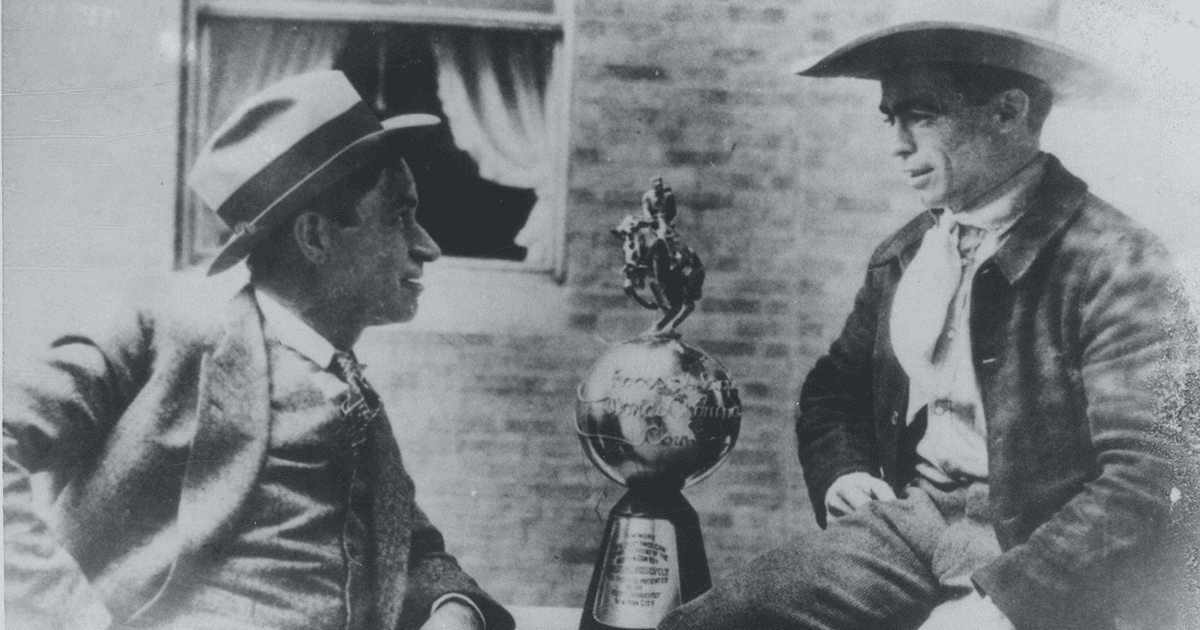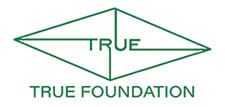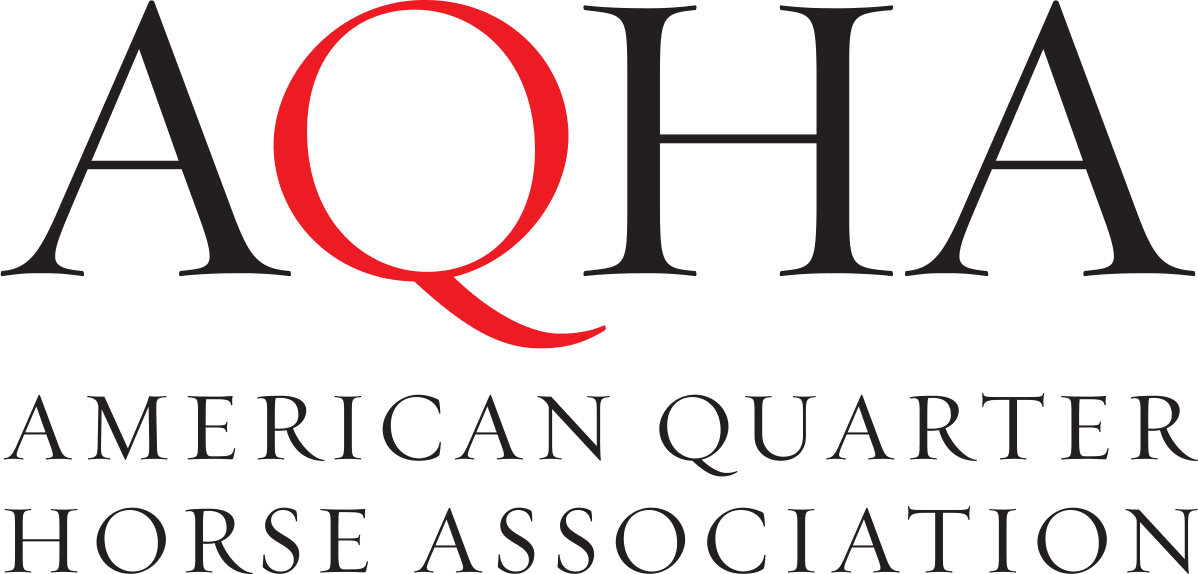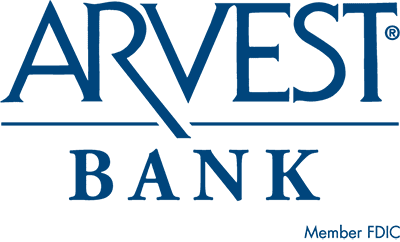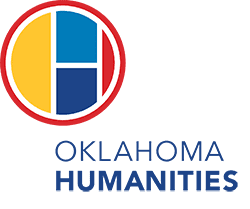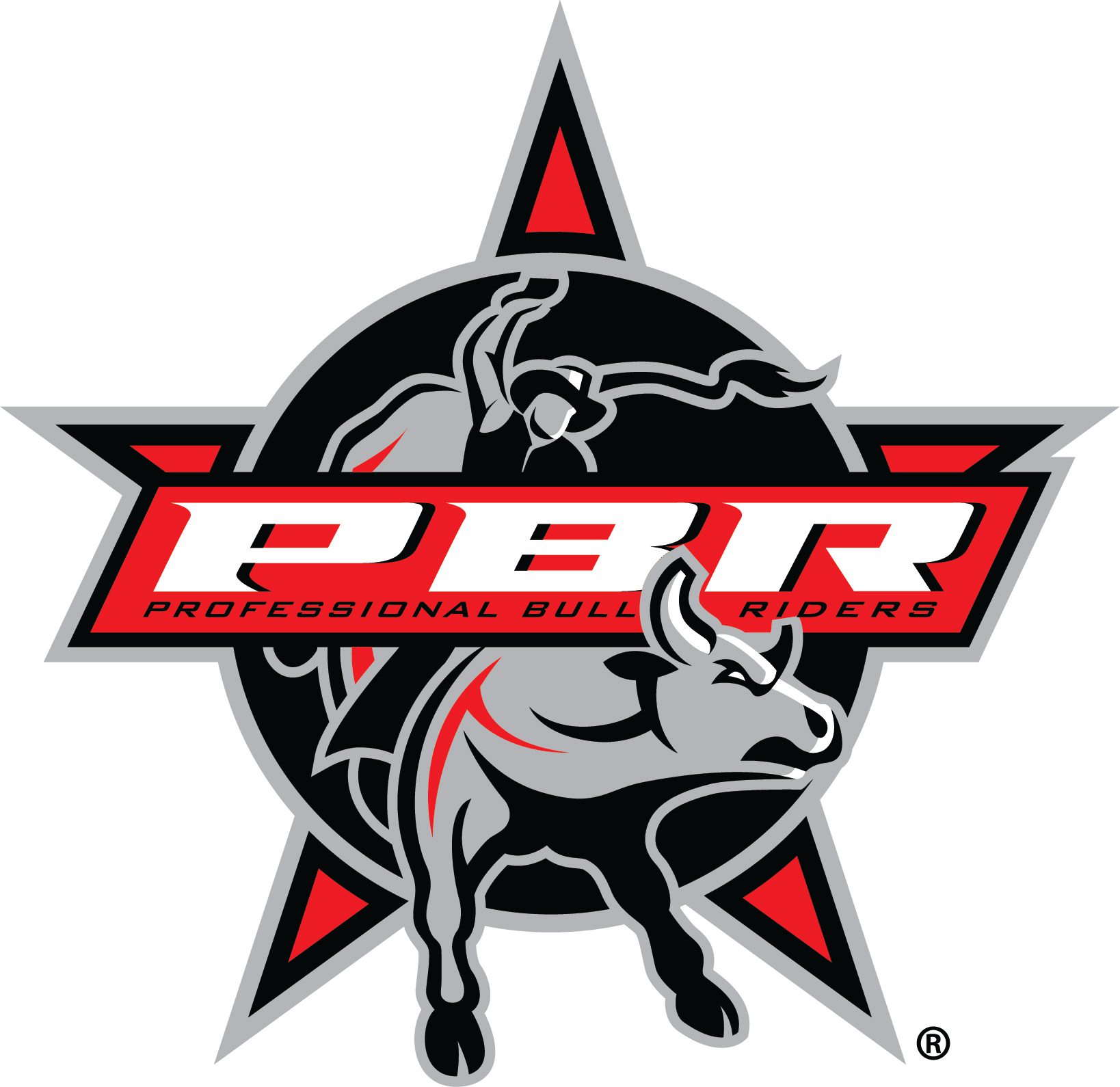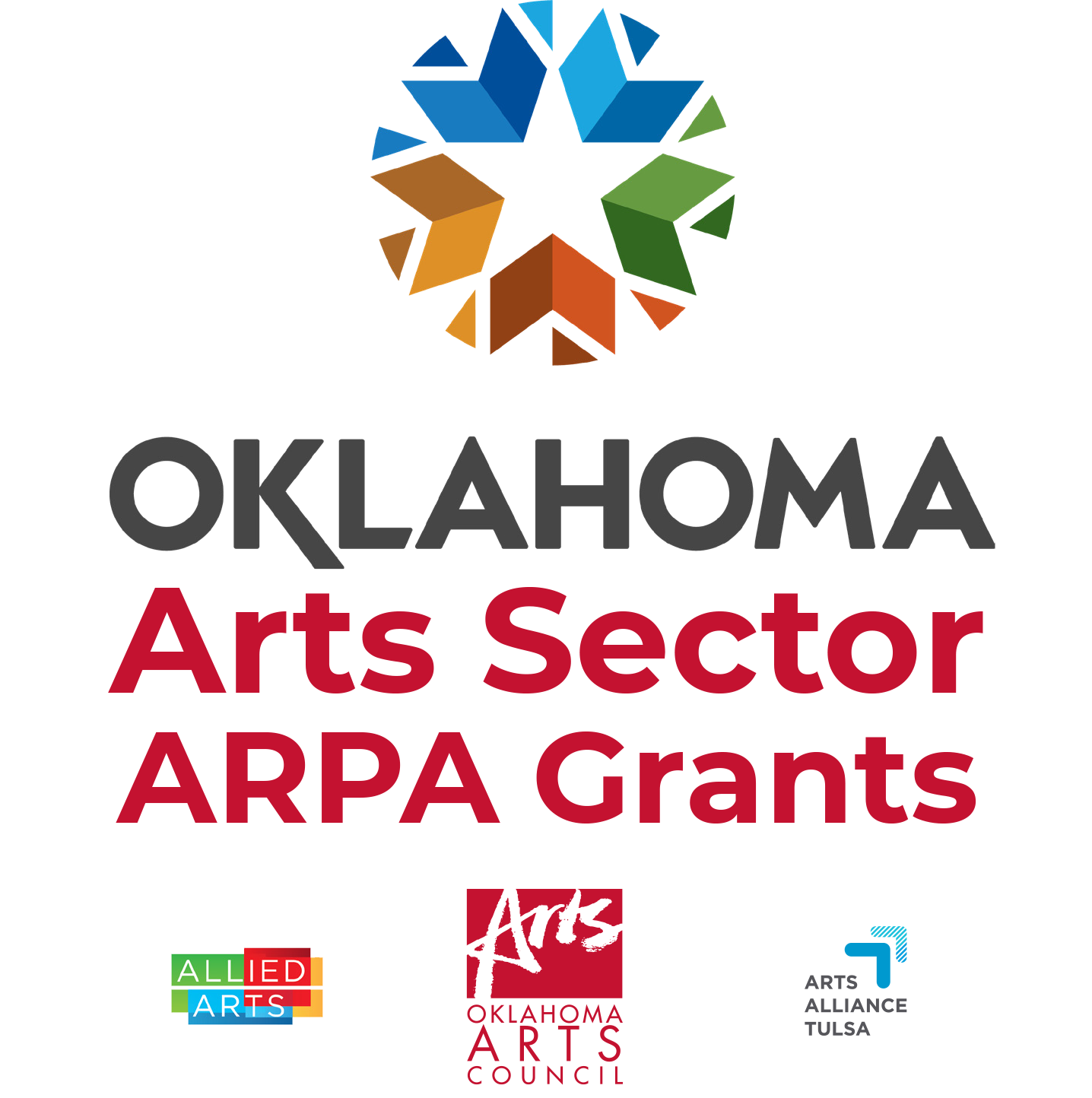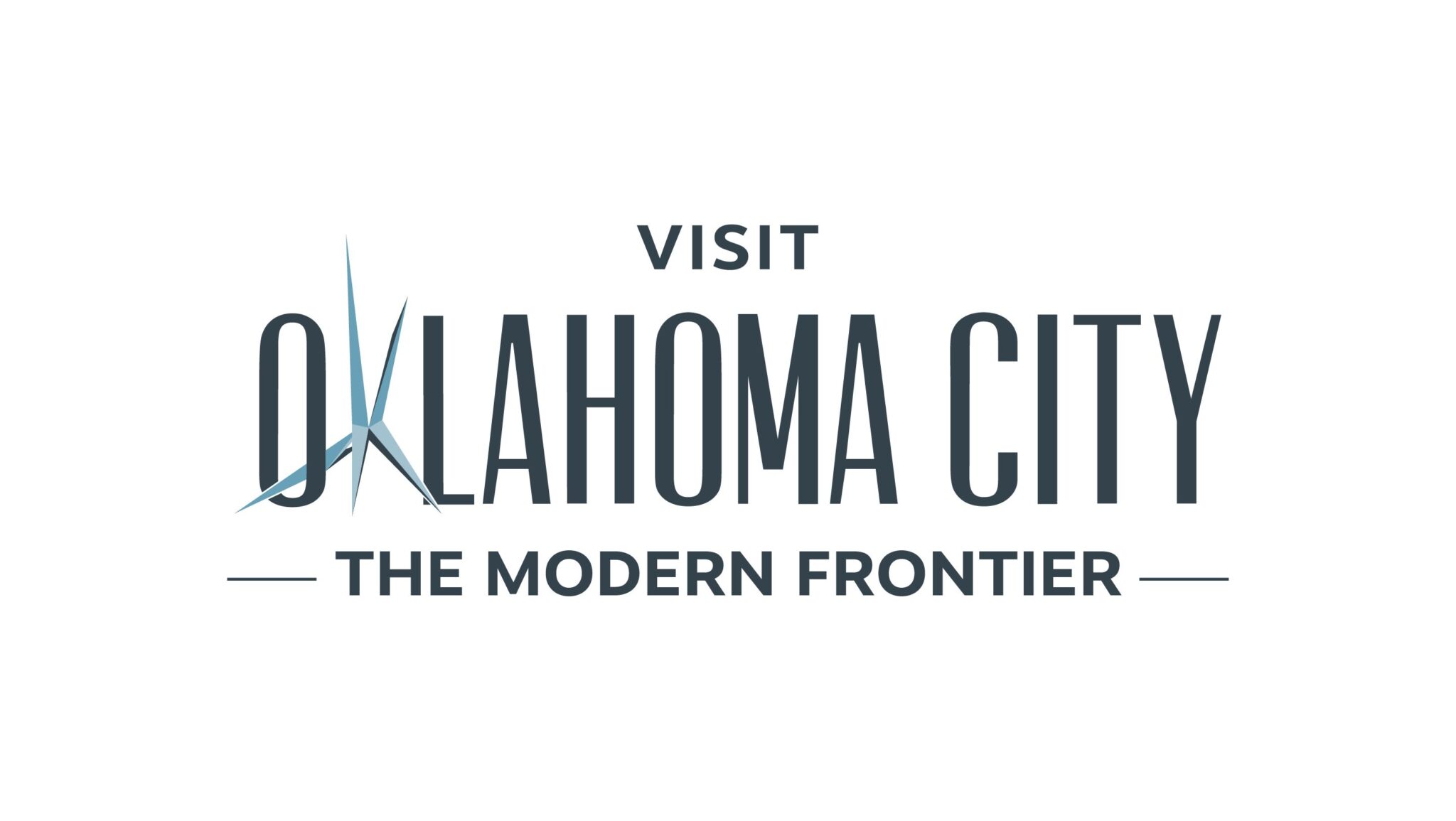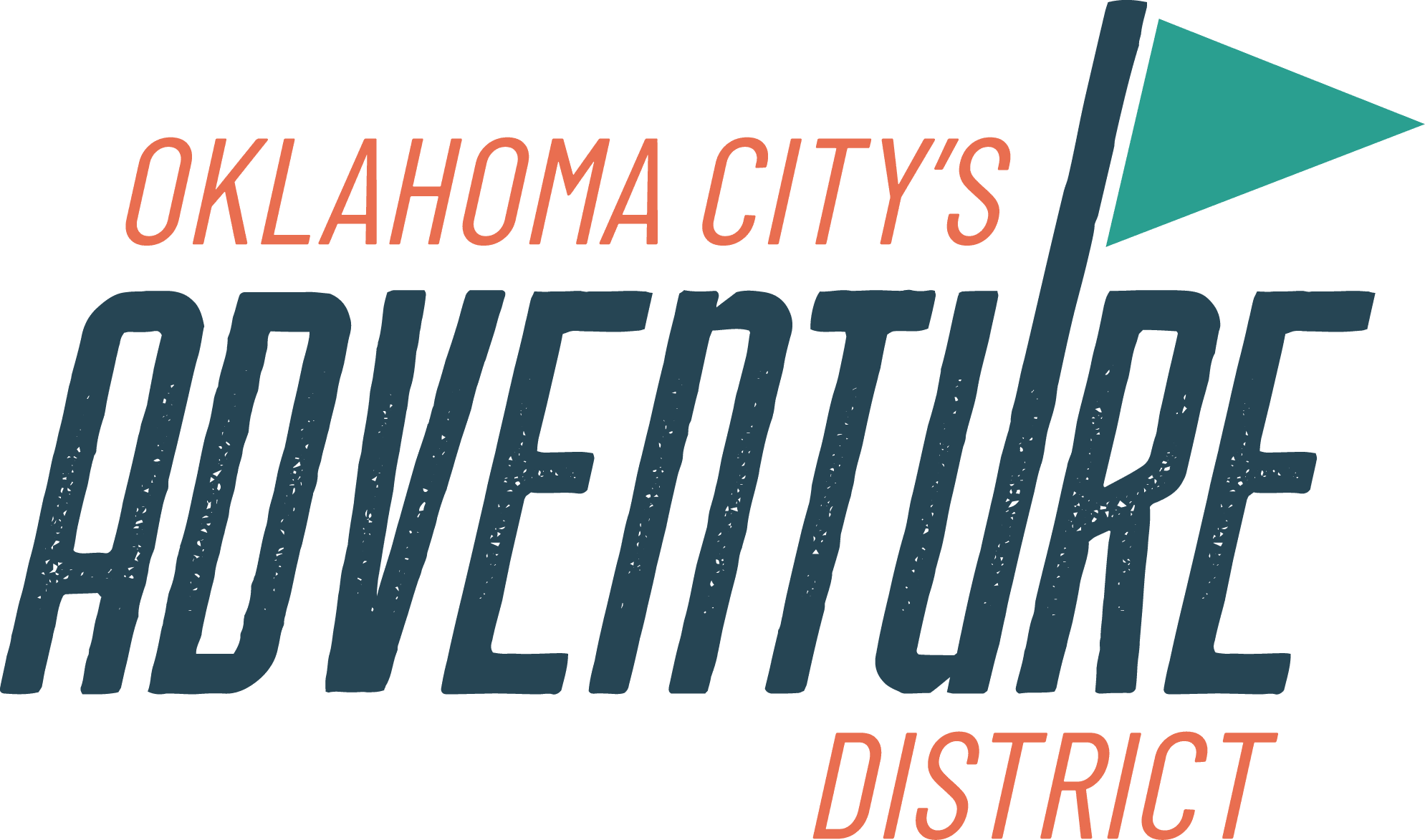William Penn Adair Rogers, more commonly known as “Will” Rogers, was born in Indian Territory (what would later become Oklahoma) on November 4, 1879. Rogers was Cherokee.
He was the eighth child of Clement Vann Rogers and Mary America Schrimsher Rogers. He was the only son to survive to adulthood and was largely raised by his older sisters.
Clement Vann Rogers was a successful rancher in the Cooweescoowee District and had much financial success. His son Will was raised on the ranch and attended various schools.
Will chose to “quit the entire school business for life” when he was 17 years old, dropping out of a military institute. He headed to the great American West, working at several ranches along the way.
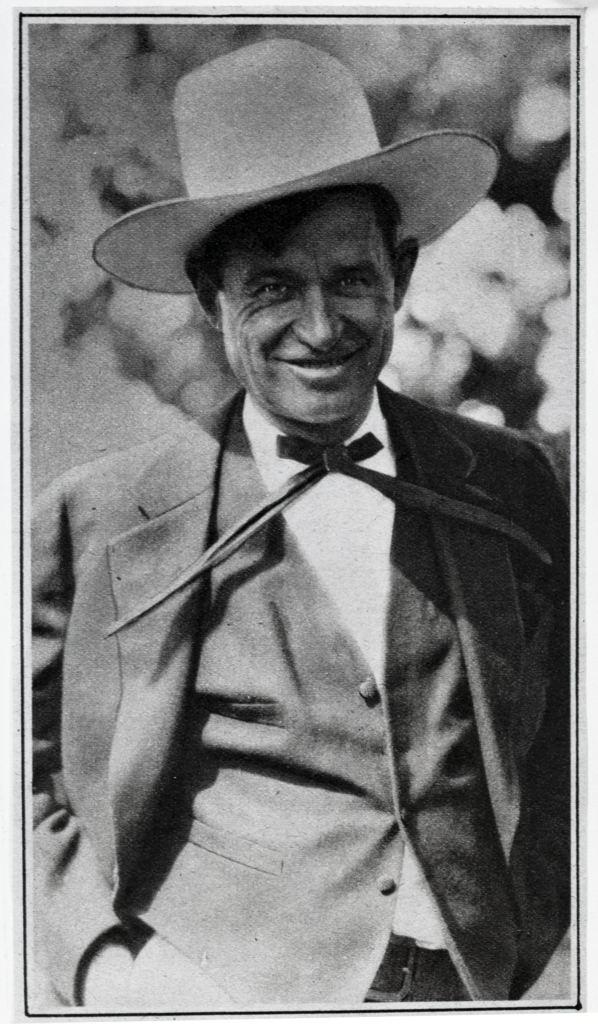
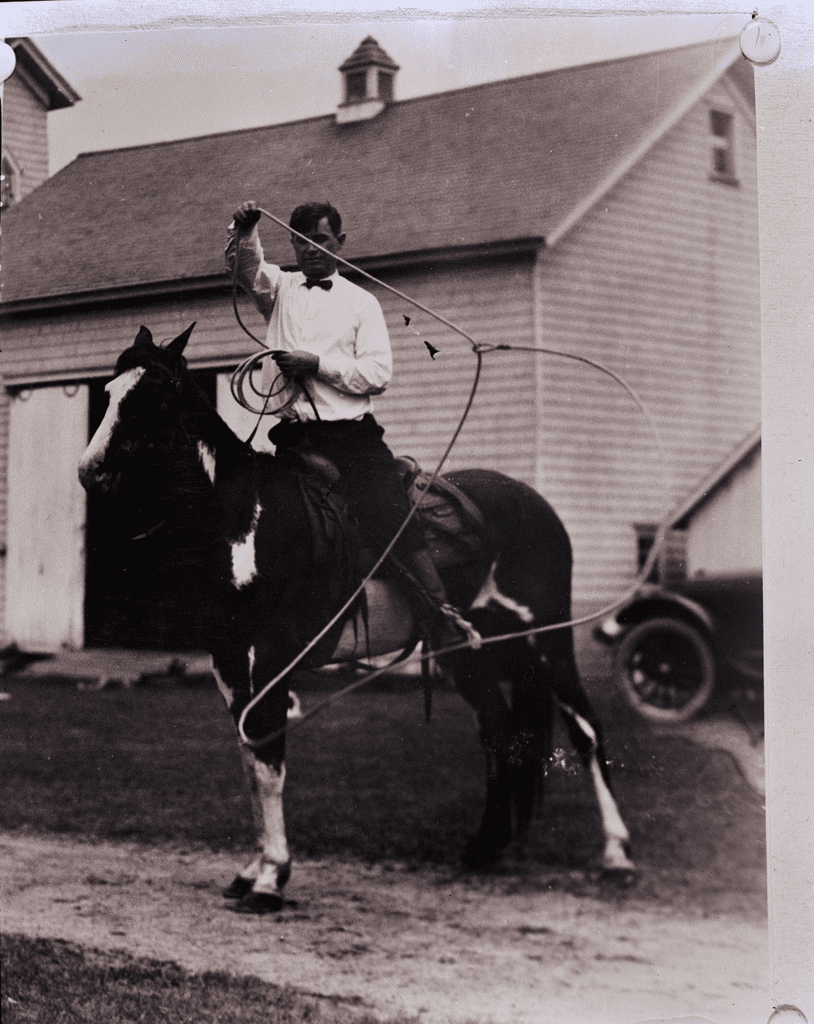
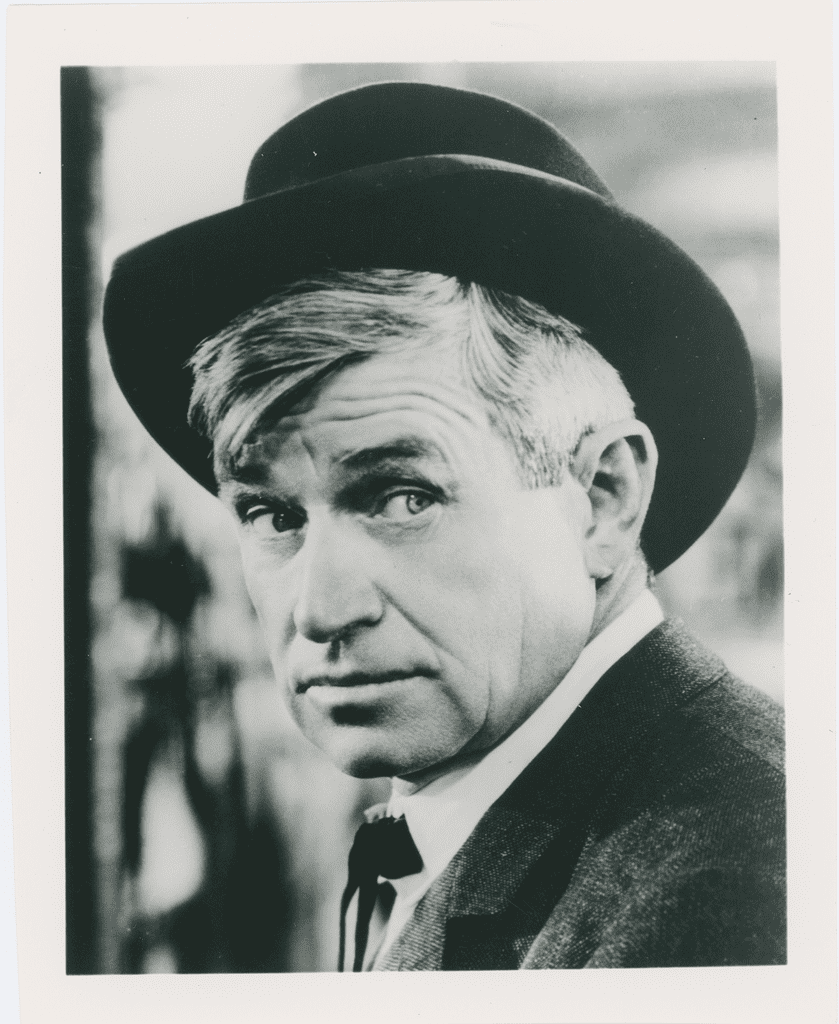
Will returned to Oklahoma in 1898 and oversaw the cattle on his father’s ranch, because his father had become involved in the world of banking and tribal politics. Will didn’t stay long though…
At the dawn of the twentieth century, Will and a friend set out to see more of the world. They hoped to go to South America, but Will actually wound up in South Africa. He didn’t land the cattle working jobs like he wanted… but he did find a job spinning ropes in the Wirth Brothers circus Wild West show. Will was very good at trick roping and had competed in local demonstrations back home. Soon he became known as the “Cherokee Kid.”
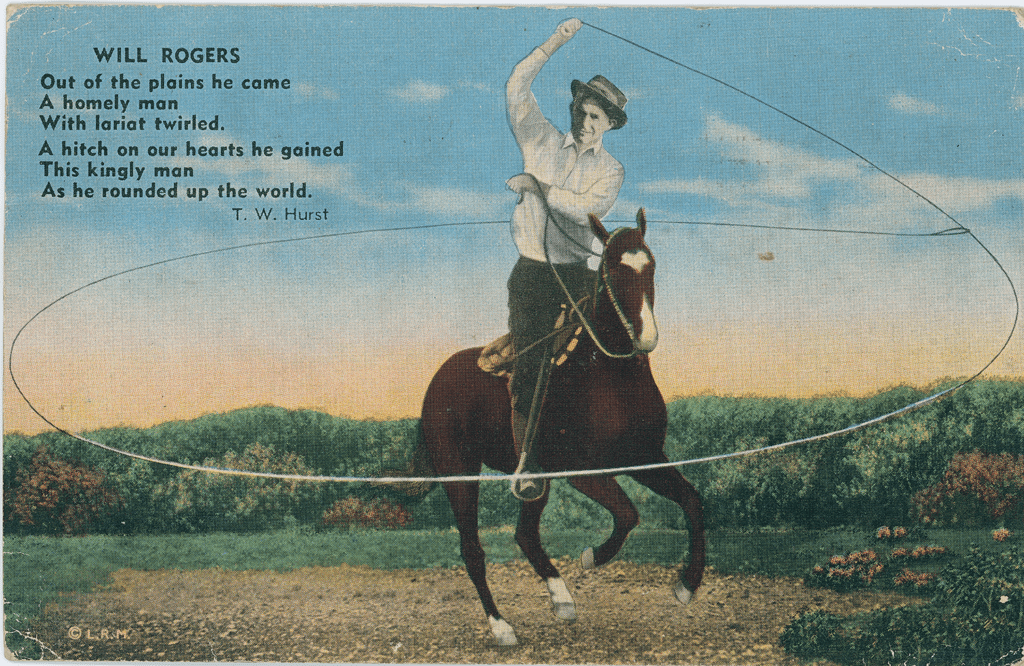
Will returned to Oklahoma in 1904 but again didn’t stay very long. He had a desire to be involved in show business and signed on with Zack Mulhall’s Wild West Show, which took him to St. Louis and New York.
Inspired by his run in showbusiness, Will decided to create his own vaudeville act that he toured across the United States and Europe.
In 1908, Will married Betty Blake and they would have four children. The family moved around following Will’s career. First, they lived in New York where there was a sizable entertainment scene with the Ziegfeld Follies. He had some success beginning in 1915. Next, the family moved to Hollywood in 1919 so Will could pursue acting with more ease. Eventually, Rogers would travel between Hollywood and New York. He performed with the Ziegfeld Follies in the filming off-season.
Will was a great writer and speaker because he spoke the language of the common man. He published two books in 1919 with short “Roger-isms.” Additionally, he wrote pieces for a couple of newspapers in New York that were eventually distributed nationwide. Will also appeared as a keynote speaker and as a guest on radio shows throughout the 1920s and 1930s. Will met many notable people during this time from presidents, senators, fellow entertainers and businessmen to name only a few. He also traveled to other countries and met with their dignitaries.
Will Rogers was a man of the people who used humor and common-sense to get his point across. His tragic death in a plane crash on August 15, 1935, rocked the nation and set off a period of national mourning. Will Rogers was an American icon. He was the common man that everyone could relate to, and his death left a hole in several hearts.
Will Rogers at The Cowboy
Next time you visit The Cowboy make sure to swing through the “Western Performers Gallery” to see our exhibition space on Will Rogers! Here’s a sneak peek at what you’ll see in the gallery.

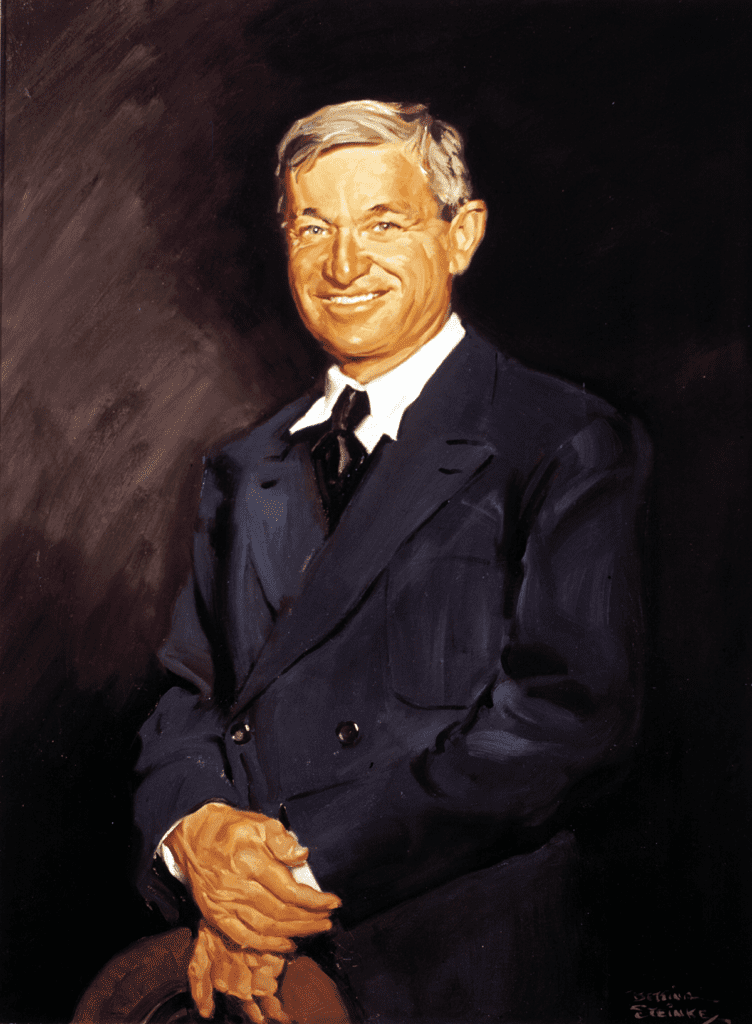
You can also find several digitized photos of Will Rogers in the Dickinson Research Center like the ones used in this post!
Concluding Thoughts
We hope you enjoyed learning about the life of Will Rogers today and will look up some of his “Roger-isms.” Let us know which one was your favorite on social media!
We hope to see you next time further down the trail as we continue exploring the stories in the collection at the National Cowboy & Western Heritage Museum.
Interested in learning more about Will Rogers? Check out these books from Persimmon Hill store at The Cowboy!
“Will Rogers Says…” edited by Reba Collins
“The Quotable Will Rogers” by Joseph Carter
“The Cherokee Kid: Will Rogers, Tribal Identity, and the Making of an American Icon” by Amy M. Ware
“Will Rogers at the Ziegfeld Follies” edited by Arthur Frank Wertheim
Sources
Websites
Will Rogers Memorial Museum – website
Douglas Watson, “Rogers, William Penn Adair,” The Encyclopedia of Oklahoma History and Culture.
Photographs
Will Rogers. Unknown photographer, circa 1920, photographic print. Sidney R. Clarke III Collection, Dickinson Research Center, 1989.047.3.
Will Rogers. Bettina Steinke, 1949, oil on canvas. Art and artifacts, Dickinson Research Center, 1967.008.
Will Rogers [spinning a loop on horseback]. E. C. Kropp Company, circa 1942, postcard. Jerry Estep Collection, Dickinson Research Center, 99.036.1.
[Will Rogers atop horse spinning a loop]. Howard E. Wilcox, circa 1925, safety film negative. Tad S. Mizwa Collection, Dickinson Research Center, 2001.036.094.
[Medium shot of Will Rogers wearing hat and bow tie]. Ralph R. Doubleday, circa 1945, nitrate negative. Ralph R. Doubleday Rodeo Photographs, Dickinson Research Center, 79.026.3249.
Will Rogers presenting Roosevelt trophy to Pat Ryan in New York, 1924, Margie Askin. Unknown photographer, 1924, photographic print. Bob Askin Collection, Dickinson Research Center, R.264.16.
